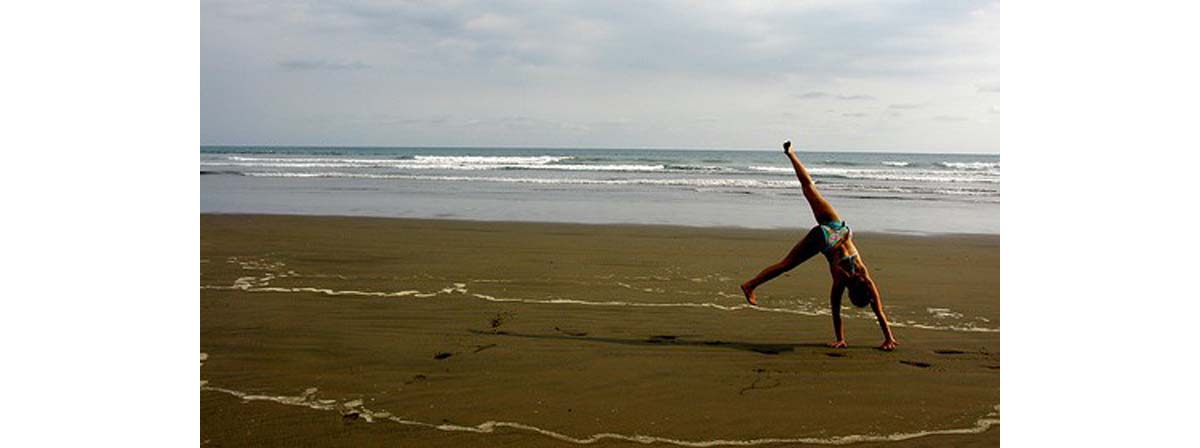Table of Contents
By the time an O-lifter picks up a heavy barbell, the positions of the sport are ingrained. They might be using a heavier weight, but they’re lifting it with a movement that’s as familiar as tying your shoelaces or opening a door. Again, that’s movement quality in action.

The other common way to learn good movement quality is the T’ai Chi way: do it very slowly. It’s a common misconception that T’ai Chi is meant to be done slowly. In reality, T’ai Chi is meant to be practiced slowly: when students learn combat applications the goal is to be, not slow, but very very fast. This is supposed to be achieved by having ingrained the movements in detail by practicing them very slowly, and by having highly efficient movements.
Leaving aside the combat effectiveness of T’ai Chi for a moment, does this slow movement actually lead to better movement quality? Boxers certainly seem to think so: you can see them practicing in the mirror at gyms, doing combinations slowly, watching their guards and posture, studying their footwork and correcting their bad habits – working on the quality of their movements.
Movement Quality Drills
Here’s a couple of drills for building better movement quality in the gym. I’ve used the bent row as the example movement, but just substitute whatever you’re actually doing.
1: Slow and Light
Use an empty bar, a broomstick or a plastic pipe. Go through the motion of the lift as slowly as you can, focussing on your breathing as you go, and feeling the shape of your core and lower back and thoracic spine posture as you work through it. Do 8-10 singles and try to make each one better in some way than the one before it - a straighter back, a higher pull or a more stable base, or a smoother movement. Then lift as usual, and feel the difference!
2: Slow and ‘Heavy’
For this, you’ll use a load about a third to half your normal training load. While the load is less, though, the effort should be the same. In other words, you’re going to lift a lighter load as if it was heavy. Contract as hard as you can. The idea here is to focus on movement quality with heavy contraction, to get over the trap of having a great, neat empty-bar lift and a horrible, muscling real lift. Work on the contraction patterns, too – where should you be contracting hardest, at which point in the lift? Again, do 8-10 singles, trying to constantly improve, then lift as usual and see the difference.
3: Loaded Positions
In the bent row, there are really two main positions, the top of your pull and the bottom. You’re going to use a bar with about half your normal training load to hold these positions for time. Start with the top position, and go for a hold of up to a minute, trying all the time to contract harder and lock the bar into position.
Don’t try to pull the bar higher, try to lock it into place wherever the top of your pull is. Then lower the bar to the bottom position and hold that for a minute. There’s no disguising the fact that this is both hard and boring, but it does mean you’re going to be more used to holding those positions when you lift. Ideally, the bottom position of the lift with your normal training weight should start to feel almost effortless.
4: Do Some Cartwheels
No, I’m not joking. Yes, it’s for kids – but most kids have far better movement quality than most ‘fit’ adults. If you can’t do a cartwheel you’re not fit. Further, it’s a great way to improve general movement quality and trigger your proprioceptive system to get better.
Proprioception is the nervous component that tells you where the parts of your body are relative to one another, and it’s a really important feedback system for movement quality development. Make sure your cartwheels are down a line, and go for ten each side, then start trying to make them neater. Since they wake up the proprioceptive system without exhausting the CNS they’re a good addition to a warm-up.
- Photo courtesy of Brian Robinson by Flickr : www.flickr.com/photos/dolfindans/137629781/
- Photo courtesy of haley8 by Flickr : www.flickr.com/photos/haley8/4432493906/

